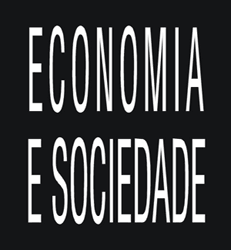Abstract in Portuguese:
Resumo Poulantzas é um autor incontornável para o entendimento da categoria Estado moderno no campo marxista. Há em sua obra diferenças existentes, reconhecidas pelo próprio autor, entre suas primeiras produções teóricas e seu último trabalho – Estado, poder e socialismo. O presente artigo procura esboçar algumas críticas à figuração de mundo (ontologia) de Poulantzas, expostas na obra As classes sociais no capitalismo hoje. Para isso explora as possibilidades de diálogo entre este trabalho e a teoria crítica do valor, tomando por referência, em particular, a leitura da teoria do valor de Marx feita por Moishe Postone. O foco da crítica são as categorias capital, Estado, classes sociais e luta de classes.
Abstract in English:
Abstract Poulantzas is an essential author for the understanding of the category Modern State in the Marxist field. His work shows differences, recognized by the author himself, between his first theoretical productions and his last work – State, power, socialism. This article seeks to outline some criticisms of Poulantzas’ world figuration (ontology), exposed in the work Classes in Contemporary Capitalism. For that, it explores the possibilities of dialogue between this work and the critical theory of value, taking as reference, in particular, the reading of Marx’s theory of value made by Moishe Postone. The focus of criticism is the categories capital, State, social classes, and class struggle.
